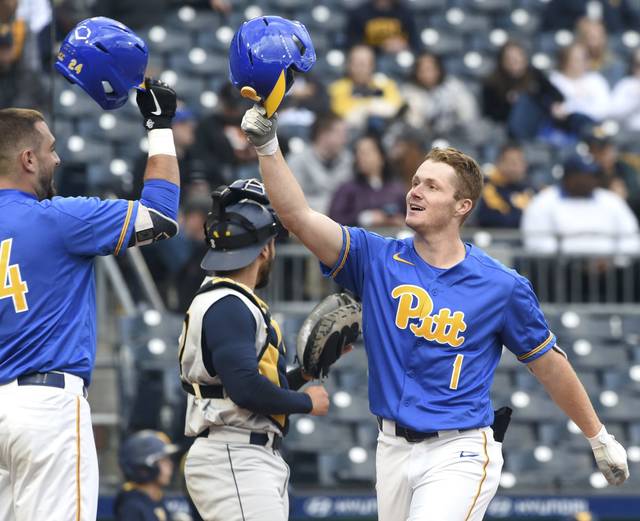https://triblive.com/sports/ncaa-granting-extra-year-of-eligibility-impacts-student-athletes-in-many-ways/
NCAA granting extra year of eligibility impacts student-athletes in many ways

It sounded so simple and fair.
The NCAA Division I Council voted Monday to grant all student-athletes in spring sports an additional year of eligibility after losing the 2020 season to covid-19.
But what happens to those rosters in 2021?
What about the scholarships that need to be honored? Who’s paying for that?
Under normal circumstances, seniors would have graduated and left school, even if they weren’t drafted by pro leagues, to be replaced by incoming freshmen and other newcomers.
But in this new normal, the potential exists for both groups to compete for playing time next year in baseball, softball, lacrosse, tennis, golf, track and other sports. And it’s not just seniors who received an additional year; everyone can take advantage of the NCAA ruling.
The situation hasn’t escaped the attention of Pitt baseball coach Mike Bell.
“I still think there are more layers to come,” he said. “I don’t think it’s as easy as ‘Oh, everyone’s got an extra year and everyone continues on.’ ”
While there is no baseball at Pitt’s Charles L. Cost Field or West Virginia’s Monongalia County Ballpark, many students are completing their education virtually.
“That’s the most important thing,” Bell said. “And a lot of these athletes, some of them are going to have jobs lined up at the end of four years.
“There are going to be a lot of kids where it’s ‘Hey, I appreciate it, but I’m good. I got my college degree, and I’m ready to go to work.’ ”
But what about student-athletes who like the college life? Even those on partial scholarships might not want to enter the so-called real world if they can keep playing baseball while furthering their education.
Those “corona-seniors,” as Bell labeled them, will not count against roster or scholarship limits.
“You’re going to have some kids who were freshmen this year who thought they’d be starting or have the opportunity to start next year,” Bell said. “And you have to look at them and say, ‘The guy that’s ahead of you is going to be here not just one more year, but maybe two more years.
“Some of your freshmen coming in are looking at it and going, ‘There are these five or six guys coming back that you didn’t think were coming back. How much is that going to take away from my development time?’
“Not just myself, but across the country, there are going to be some tough phone calls being made.”
Bell said some freshmen might decide to go to junior college to play and improve their skills, instead of sitting in the dugout behind a fifth-year senior.
“Kids want to play. You need to play to develop,” Bell said. “I think you’ll see some guys get weeded out.”
West Virginia athletic director Shane Lyons said administrators in his office have started conversations with coaches to determine the impact the ruling will have at his school.
“Ultimately, the right decision was made (by the NCAA),” he said. “Some (seniors) will take advantage of that. Some will not take advantage of that. That’s still left to be seen.”
Using baseball as a hypothetical, Lyons said the 11.7 combined scholarship limit for the team would increase to 12.7 if two student-athletes on half-scholarships decide to stay. The impact will vary from school to school, based on how many seniors stay. Lyons said West Virginia will fund an additional $450,000-$500,000 if all its seniors return.
The coronavirus also affected winter sports athletes, but they played the majority of their seasons before they were denied the opportunity to play in postseason tournaments. The NCAA Division I Council did not grant them an additional year of eligibility.
Copyright ©2025— Trib Total Media, LLC (TribLIVE.com)
